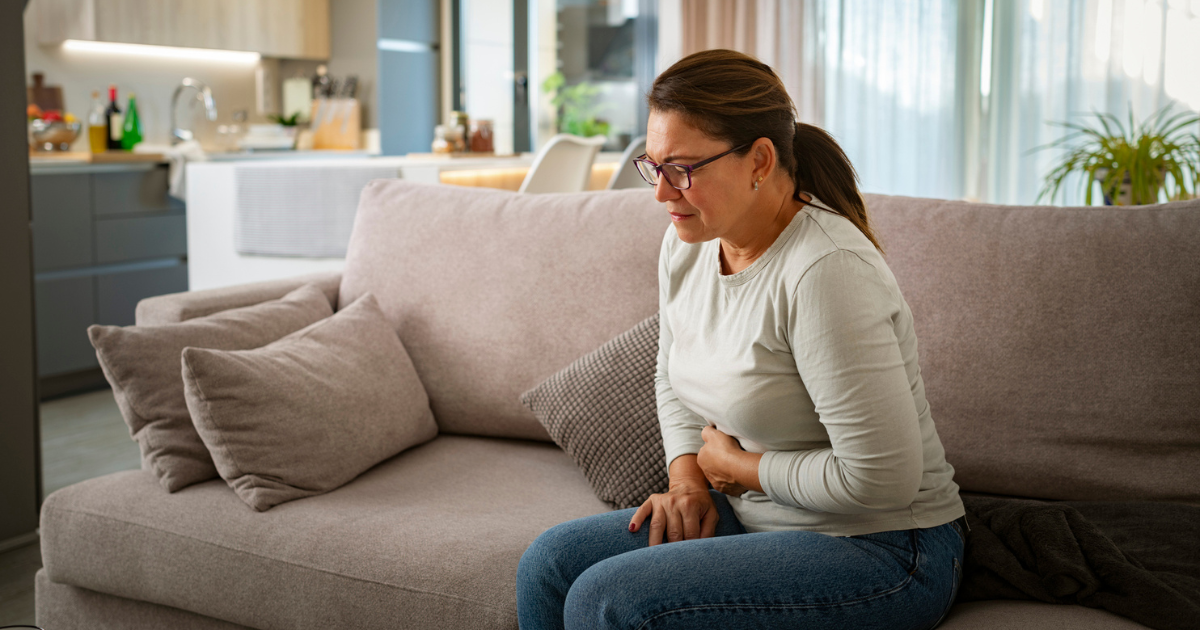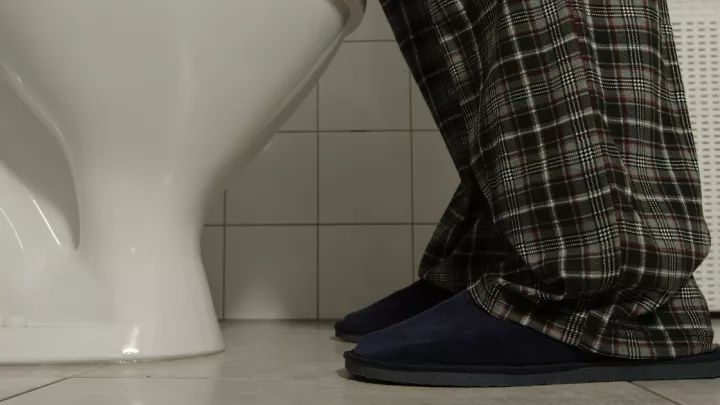What are gallstones and how do I know if I have them?

If you experience chronic indigestion, pain in the upper right side of your abdomen, gas or bloating, gallstones may be to blame. This common condition affects about 15% of adults in the U.S. While many cases don’t require treatment, ongoing symptoms should be checked by a doctor to avoid serious problems.
Below, Nebraska Medicine gastroenterologist Ishfaq Bhat, MD, explains what causes gallstones, how they’re treated and when to seek medical care.
What are gallstones, and how do they form?
Gallstones are solid particles that form in the gallbladder or bile ducts. Most are caused by excess cholesterol or bilirubin, which crystalize and form stones. Some gallstones may also contain calcium salts or other substances.
“Gallstones form when bile becomes too concentrated—often due to too much cholesterol from the liver—and when the gallbladder doesn’t empty properly,” says Dr. Bhat. “When bile stays in the gallbladder too long, it increases the risk of stone formation.”
How do I know if I have gallstones?
Most people with gallstones don’t have any symptoms. But when symptoms do happen, they usually include pain in the upper right part of the abdomen. This pain, called biliary colic, may:
- Start suddenly and feel like constant, dull discomfort.
- Occur after eating, especially fatty meals.
- Radiate to the back or right shoulder.
- Last for several hours before easing.
- Come and go over time.
- Be accompanied by nausea, vomiting or an upset stomach.
“The pain isn’t usually affected by breathing, physical activity or bowel movements,” adds Dr. Bhat. “But if it keeps coming back often or becomes more intense, it could mean something more serious is going on.”
Gallstones are often found during imaging for other issues. If your doctor suspects gallstones, they may order:
- An abdominal ultrasound, CT scan or MRI.
- Blood tests to check liver and pancreas function.
What factors increase the risk of developing gallstones?
Gallstones are more common in women, especially after pregnancy, and in Native American and Hispanic populations. Other risk factors include:
- Obesity.
- Poor diet, especially one high in processed carbohydrates, sugar and unhealthy fats.
- Quick weight loss or weight-loss surgery.
- Diabetes.
- Family history of gallstones.
- Certain medications that affect bile, such as birth control pills, some water pills (diuretics), antibiotics and a medicine called octreotide.
“Maintaining a healthy lifestyle with regular physical activity and a balanced, fiber-rich diet may help reduce your risk,” says Dr. Bhat.
Some research also suggests that the following may help lower the risk of gallstones, though more studies are needed:
- Vitamin C: May help convert cholesterol into bile acids, reducing the likelihood of stone formation.
- Moderate coffee consumption: Associated with a lower risk, possibly due to helping the gallbladder empty more often.
- Statins: Cholesterol-lowering drugs that may help prevent stones over time.
How are gallstones treated?
If you don’t have symptoms, you likely don’t need treatment. However, if symptoms do appear, it’s important to see a doctor. If left untreated, gallstones can lead to serious complications, such as:
- Cholecystitis: This condition involves intense inflammation of the gallbladder, often causing more severe pain than typical gallstone symptoms. It usually requires antibiotics or surgery.
- Choledocholithiasis: Stones that move into or form in the bile duct can lead to infection (cholangitis) or yellowing of the skin (jaundice). These may need to be removed using a procedure called endoscopic retrograde cholangiopancreatography.
- Pancreatitis: A blocked bile duct can trigger inflammation of the pancreas, which often requires urgent medical care to manage pain and prevent complications.
“True gallstones don’t go away on their own,” says Dr. Bhat. “Small crystals or sludge may pass naturally, but most stones do not. Even if the pain subsides, that doesn’t mean the stone is gone. It may still be there—and can even grow over time.”
If gallstones are causing pain or complications, the most common treatment is to remove the gallbladder. This surgery, called a cholecystectomy, is usually done with small incisions and minimal downtime.
In rare cases, your doctor may recommend a medication called ursodiol, also known as ursodeoxycholic acid. It works by reducing excess cholesterol production and improving bile flow, which can help dissolve cholesterol-based gallstones over time. However, it’s typically only used for patients with a single, small, non-calcified stone.
“Medication can take months or even years and doesn’t always work, which is why surgery remains the gold standard for most cases,” says Dr. Bhat.
The bottom line: Gallstones are common and often harmless. But when symptoms do appear, they should be taken seriously. Don’t ignore ongoing pain or digestive discomfort—getting evaluated early can help you avoid more serious complications.
Call 800.922.0000 to schedule an appointment with a Nebraska Medicine gastroenterologist.







